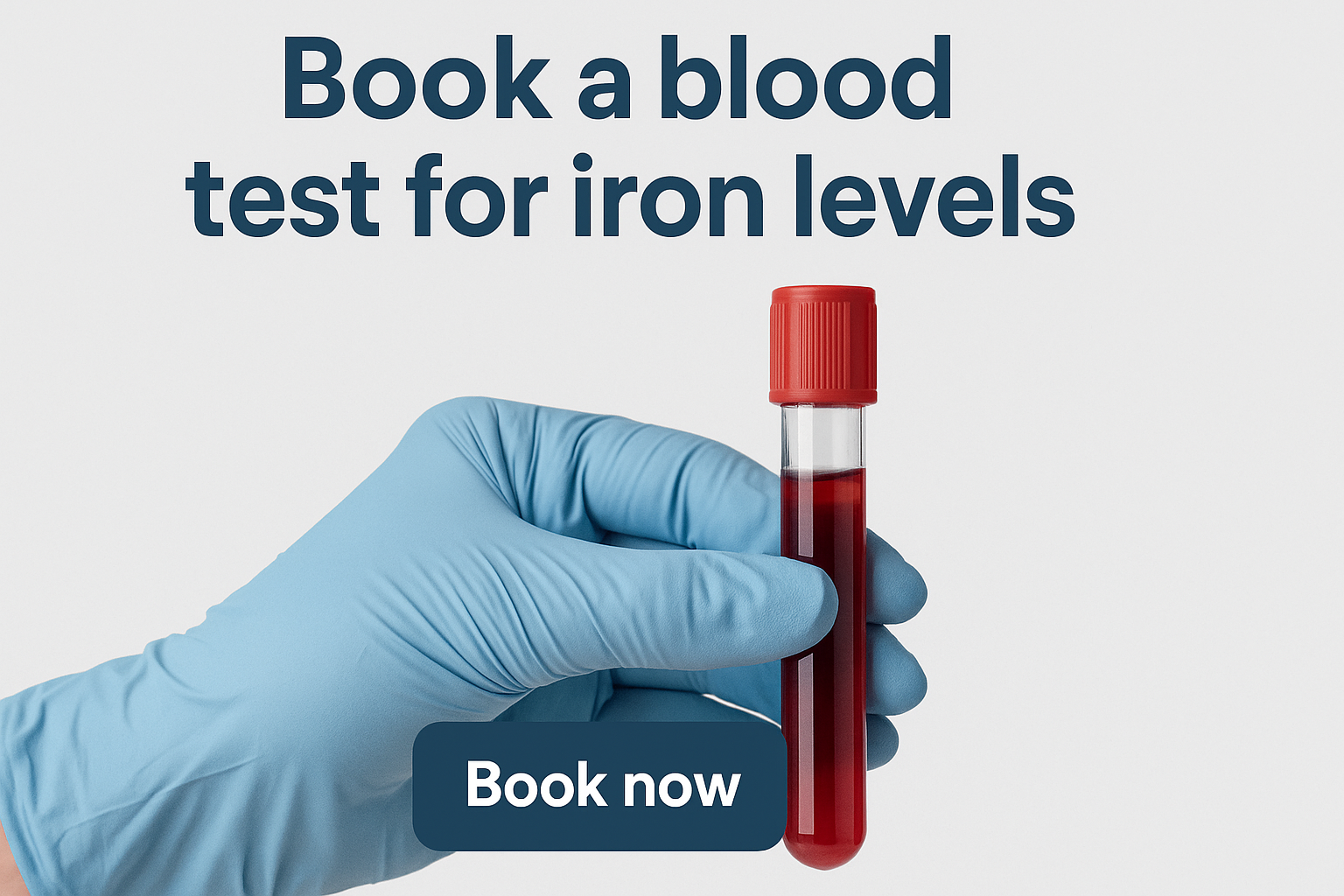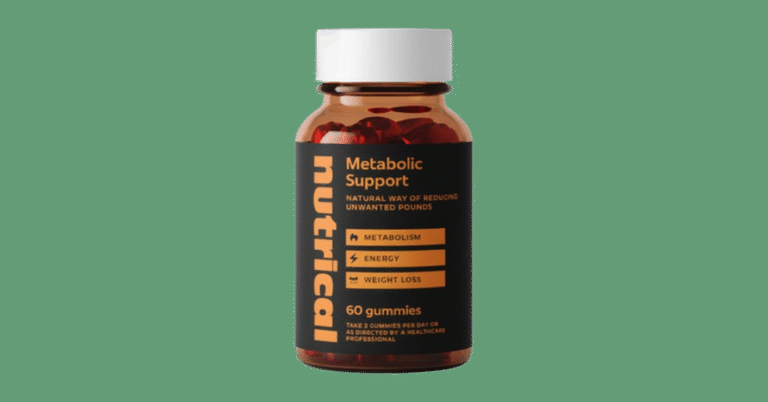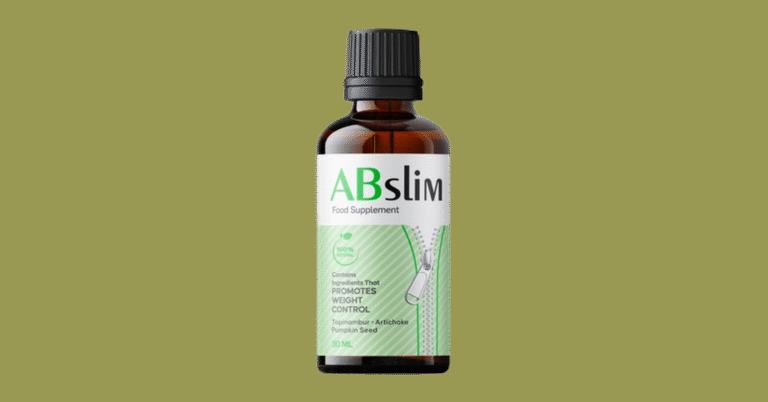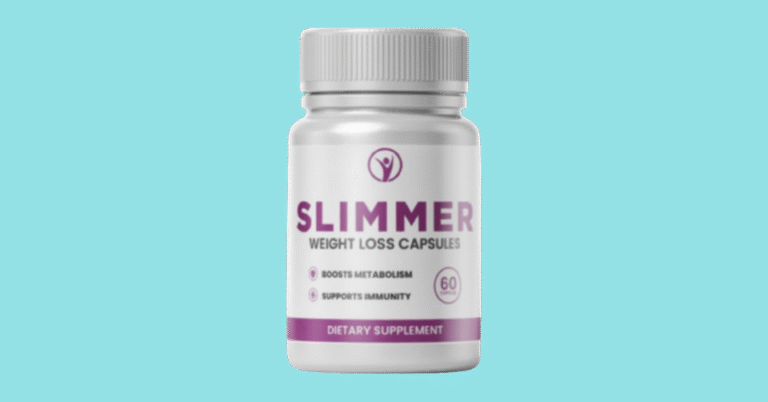Iron deficiency affects more than 1.5 billion people worldwide, making it the most common and yet preventable nutritional deficiency. Without enough iron, your body struggles to make healthy red blood cells, starving your organs of oxygen. The results? Unrelenting tiredness, pale skin, shortness of breath, brain fog, and weakened immunity, everyday life grinds to a halt. This deep-dive guide unpacks everything about iron deficiency: what it is, why it matters, how to spot it, the best ways to treat it, and crucially, how to prevent it for yourself and your family.

What Is Iron Deficiency?
Iron deficiency means your body doesn’t have enough iron to function optimally. This condition is not the same as anemia, though prolonged iron deficiency often leads to iron deficiency anemia, where red blood cell (RBC) numbers drop below normal.
- Iron’s role:
- Vital for hemoglobin synthesis (in RBCs)
- Essential for oxygen delivery to tissues
- Supports energy production and immune system function
Difference between Iron Deficiency and Anemia:
- Iron deficiency: Low iron stores but possibly still normal RBC counts/hemoglobin.
- Iron deficiency anemia (IDA): Iron stores are depleted AND RBC production is impaired, a more severe condition with greater health risks.

Why Does Iron Deficiency Matter? (The Global Perspective)
- Prevalence: Over 30% of the world’s population experiences iron deficiency. Learn more through WHO data.
- Impact: Children, women of reproductive age, and pregnant women are most affected.
- Consequences:
- Reduced productivity and school performance
- Delayed cognitive/motor development in children
- Weakened immunity
- Increased maternal and infant mortality
Iron deficiency can remain “silent” for months, by the time symptoms become obvious, your health may already be at risk.
What Causes Iron Deficiency?

The Four Pillars of Iron Deficiency Causes
| Cause | Who’s Most at Risk | How It Happens |
|---|---|---|
| Poor Dietary Intake | Vegans, vegetarians, elderly | Low intake of heme iron (from animals) and vitamin C |
| Blood Loss | Women (menstruation); GI disease | Heavy periods, ulcers, hemorrhoids, GI cancer, IBD |
| Increased Needs | Pregnancy, kids, teens, athletes | Rapid growth, pregnancy, lactation, physical training |
| Absorption Problems | Celiac, post-bariatric surgery | Damaged gut lining, low stomach acid |
Additional factors:
- Parasitic infections (developing regions)
- Frequent blood donations
- Use of certain medications (e.g. NSAIDs causing GI bleeding)
Symptoms of Iron Deficiency
Early symptoms are subtle; severe symptoms can be life-altering:
- Fatigue (most common, often dismissed as “busy life”)
- Pale skin (especially around lips, inside lower eyelids)
- Shortness of breath, rapid heartbeat (even with light activity)
- Dizziness or headaches
- Cold hands and feet
- Extreme weakness, poor exercise tolerance
- Brittle nails, thinning hair
- Restless legs at night
- Sore, swollen tongue (glossitis)
- Unusual cravings: ice, clay, dirt (pica)
- Poor appetite (in children)
How Is Iron Deficiency Diagnosed?
Correct diagnosis means more than a simple hemoglobin test. Your doctor will:
- Clinical History: Symptoms, dietary patterns, medical history, menstrual/bleeding history.
- Physical Exam: Look for pallor, rapid pulse, brittle nails, mouth/tongue changes.
- Blood Tests:
- CBC (Complete Blood Count):
- Checks hemoglobin, hematocrit, red cell count (anemia indication)
- Serum Ferritin:
- Best early test (reflects iron stores; low even before anemia develops)
- Serum Iron, TIBC, Transferrin Saturation:
- Measures circulating iron, iron-binding capacity in the blood
- Reticulocyte count:
- Shows if the body is making new blood cells
- CBC (Complete Blood Count):
If needed:
- Stool tests for occult blood (to check GI bleeding)
- Endoscopy/Colonoscopy (if GI source suspected)

Book a blood test for iron deficiency via our secure medical form !
Iron Deficiency Treatments That Work
1. Iron Supplements (First Line)
- Ferrous sulfate: Standard and affordable
- Ferrous gluconate/fumarate: Gentler on stomach; useful if sensitive to standard tablets
- Slow-release iron: Lower GI irritation
- IV iron transfusions: For severe cases or if pills are not tolerated
- Combined with vitamin C: Boosts absorption
How to take:
- Best on empty stomach but can take with food to reduce stomach upset
- Avoid tea, coffee, dairy at the same time (reduce absorption)
2. Iron-Rich Diet
| Food (100g) | Iron Type | Iron Content | How to Boost Absorption |
|---|---|---|---|
| Beef liver | Heme | 6.5 mg | Pair with veggies/fruit |
| Red meat (lean) | Heme | 2.7 mg | |
| Chicken/turkey | Heme | 1.3 mg | |
| Lentils (cooked) | Non-heme | 3.3 mg | Add lemon juice |
| Tofu | Non-heme | 2.7 mg | Serve with peppers |
| Spinach (cooked) | Non-heme | 3.6 mg | Combine with citrus |
| Fortified cereals | Non-heme | Up to 18 mg | Use non-dairy milk, OJ |
| Clams, oysters | Heme | 7 to 28 mg |
3. Treat the Underlying Cause
- Stop hidden bleeding: (e.g., treat ulcers, polyps)
- Correct absorption issues: Manage celiac, inflammatory bowel, treat infections
- Address periods: Discuss medical options for very heavy menstrual bleeding
For more on iron in foods, visit USDA FoodData Central.
Iron Deficiency in Special Groups
Women (Menstruation, Pregnancy, Lactation)
- More frequent iron loss due to periods
- Doubled/tripled needs during pregnancy (fetal growth, placenta, blood volume)
- Postpartum needs during breastfeeding
Children & Teens
- Growth spurts raise iron demands
- Risk of developmental delay with long-term deficiency
- Picky eating = dietary gaps
Elderly
- Often less dietary meat intake
- Gut absorption less efficient
- More likely to have chronic blood losses or GI problems
Athletes
- Sweat and microbleeds raise loss
- Female athletes especially at risk
Prevention Tips: Stop Iron Deficiency Before It Starts
- Eat diverse, iron-rich foods: include animal and plant sources
- Always pair non-heme (plant) iron with vitamin C foods for best absorption
- Use cast iron cookware (boosts iron in food, especially with acidic foods)
- Timing matters: Take coffee/tea or calcium supplements between meals, not with them
- Take regular dietary supplements if pregnant, menstruating heavily, or at other high risk (ask your doctor)
- Ensure infants and toddlers, kids, teens get iron-fortified foods and regular checkups
- Routinely check iron status if you’re at risk
Video Suggestion:
- “How To Prevent Iron Deficiency, Expert Tips”
When to See a Doctor for Iron Deficiency
Urgent situations:
- Persistent extreme fatigue
- Rapid heart rate, palpitations, chest pain
- Shortness of breath with mild activity
- Paleness unresponsive to home remedies
- Symptoms don’t improve after supplements/food changes
At-risk groups (pregnant, kids, elderly, GI disease) should be extra proactive about screening and medical supervision.
Top Iron Deficiency Supplements of 2025
| Supplement Name | Best For | Type | Pros | Rating |
|---|---|---|---|---|
| Nature Made Iron 65mg | Beginners | Tablet | Good absorption, value | ★★★★☆ |
| Slow Fe Iron Tablets | Sensitive Stomachs | Slow-release | Gentler on GI tract | ★★★★☆ |
| MegaFood Blood Builder | Vegans/Natural Seekers | Whole-foods | Non-constipating | ★★★★☆ |
| Floradix Liquid Iron | Children & absorption | Liquid | Pleasant taste, kid-friendly | ★★★★☆ |
Conclusion: Take Charge of Your Iron Health
Iron deficiency is common, insidious, but completely treatable and preventable. If you recognize the symptoms, get tested, and take action, be it with food, supplements, or by treating underlying health problems, you can reclaim your energy, clarity, immunity, and quality of life.
- Eat smart, supplement wisely, and don’t ignore persistent signs.
- Screen regularly if you belong to higher-risk groups.
- You deserve healthy iron levels, and all the vitality that comes with them!
Frequently Asked Questions (FAQs)
Q1. What’s the fastest way to fix iron deficiency?
A: Prescription iron supplements (sometimes IV iron) plus improving your iron-rich diet and pairing with vitamin C. IV iron is fastest but only for severe cases.
Q2. How long does it take to recover from low iron?
A: 2 to 4 weeks for symptoms to improve; 3 to 6 months for full restoration of normal blood levels (ferritin/hemoglobin).
Q3. Can I fix iron deficiency naturally?
A: Mild deficiency may be reversed with iron-rich food plus vitamin C, but supplements are needed for most moderate/severe cases.
Q4. Who is most likely to get iron deficiency?
A: Women with heavy periods, pregnant women, young children, teens, those with GI problems/chronic conditions, and older adults.
Q5. What is the best iron supplement?
A: Ferrous sulfate is most studied; slow-release or alternative forms work better for sensitive stomachs. Always consult your doctor for the right type and dose.
Q6. What foods are best for iron?
A: Animal sources (heme iron) are best absorbed, red meat, poultry, seafood. For vegetarians, focus on lentils, beans, spinach, tofu, fortified cereals plus vitamin C foods.
Q7. What blocks iron absorption?
A: Coffee, tea, wine, calcium supplements, high-fiber raw bran, certain medications and avoid with main iron-rich meals.
Sources
- Pasricha, S.R., Tye-Din, J., Muckenthaler, M.U. and Swinkels, D.W., 2021. Iron deficiency. The Lancet, 397(10270), pp.233-248. Available At : Pasricha, S.R., Tye-Din, J., Muckenthaler, M.U. and Swinkels, D.W., 2021. Iron deficiency. The Lancet, 397(10270), pp.233-248.
- Camaschella, C., 2019. Iron deficiency. Blood, The Journal of the American Society of Hematology, 133(1), pp.30-39. Available At : https://ashpublications.org/blood/article/133/1/30/6613/Iron-deficiency
- Weissbluth, M., 1974. Hemoglobin. In Hemoglobin: Cooperativity and Electronic Properties (pp. 10-26). Berlin, Heidelberg: Springer Berlin Heidelberg. Available At : https://link.springer.com/chapter/10.1007/978-3-642-80801-2_2
- Schechter, A.N., 2008. Hemoglobin research and the origins of molecular medicine. Blood, The Journal of the American Society of Hematology, 112(10), pp.3927-3938. Available At : https://ashpublications.org/blood/article/112/10/3927/24585/Hemoglobin-research-and-the-origins-of-molecular
- Vieth, J.T. and Lane, D.R., 2014. Anemia. Emergency Medicine Clinics, 32(3), pp.613-628. Available At : https://www.emed.theclinics.com/article/S0733-8627(14)00031-5/abstract
- Dugdale, M., 2001. Anemia. Obstetrics and gynecology clinics of North America, 28(2), pp.363-382. Available At : https://www.sciencedirect.com/science/article/abs/pii/S0889854505702060





Customer Reviews
Showing 0 reviews
Thanks for submitting your comment!